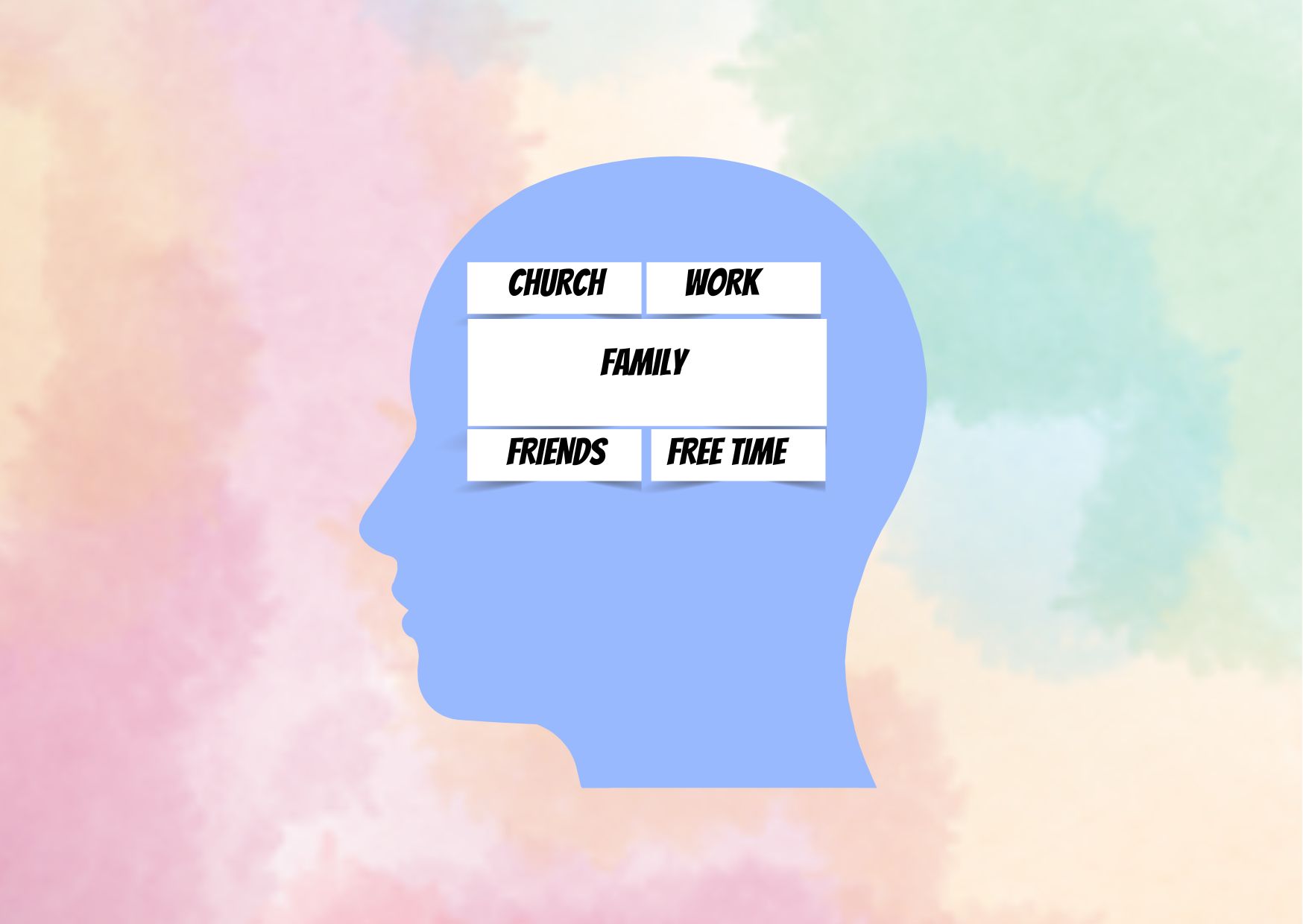Compartmentalization as a Coping Mechanism: How Does it Work
In today’s fast-paced and multifaceted world, the ability to compartmentalize has become an essential skill for navigating various aspects of life. Compartmentalization refers to the process of mentally separating different areas or activities, allowing individuals to focus on each aspect independently. This psychological technique enables people to compartmentalize relationships, emotions, work, and other domains, preventing them from intermingling and causing potential conflicts or distractions.
The concept of compartmentalization has garnered significant attention in psychology, as it offers a means to manage emotions, cope with trauma, and achieve a sense of balance. This comprehensive guide will delve into the intricacies of compartmentalization, exploring its applications, strategies for effective implementation, potential pitfalls, and the importance of striking a healthy equilibrium. By understanding the nuances of this psychological concept, individuals can harness its power to enhance their overall well-being and productivity.
Understanding the Concept of Compartmentalization
Defining Compartmentalization
Compartmentalization is a psychological defense mechanism that involves separating or isolating conflicting thoughts, emotions, or experiences into distinct mental compartments. This process allows individuals to focus on one aspect of their life at a time, preventing different domains from intermingling and causing potential conflicts or distractions.
When compartmentalizing, people essentially divide their thoughts, emotions, or experiences into separate mental “boxes” or “compartments” to manage them more efficiently. This enables them to concentrate on a specific area without being overwhelmed by other aspects of their life.
Psychological Perspective
From a psychological standpoint, compartmentalization is considered a form of psychological defense mechanism. It differs from the concept of isolation, which separates thoughts from feelings. Instead, compartmentalization separates different (and often incompatible) cognitions from each other.
This mechanism allows conflicting ideas or identities to coexist by inhibiting direct or explicit acknowledgment and interaction between separate compartmentalized self-states. By keeping these conflicting aspects separate, individuals can maintain a sense of psychological equilibrium and prevent internal conflicts from arising.
Benefits and Drawbacks
- Benefits of Compartmentalization:
- Allows for efficient management of multiple aspects of life
- Prevents emotional burnout by temporarily setting aside heavy emotions
- Promotes mental clarity and focus on the task at hand
- Helps maintain a positive self-concept by separating negative aspects
- Potential Drawbacks of Compartmentalization:
- Consistent compartmentalization without addressing root causes can lead to repressed emotions
- Overuse may result in hidden vulnerabilities related to self-organization and self-esteem
- Activation of negative self-aspects can cause a drop in self-esteem and mood
- Difficulty integrating conflicting identities or experiences in a healthy manner
While compartmentalization can be a useful coping mechanism, it is essential to strike a balance. Excessive or prolonged compartmentalization without addressing underlying issues can be detrimental to mental health and personal relationships. Self-awareness, emotional processing, and seeking alternative stress management techniques are crucial for maintaining a healthy equilibrium.
Applications of Compartmentalization
In Professional Life
Compartmentalization can be a powerful tool for boosting productivity in the professional realm. By focusing solely on the task at hand and shutting out distractions, individuals can achieve remarkable focus and efficiency. This skill allows them to close the door on external issues, such as personal troubles or workplace conflicts, and concentrate on the work that needs to be done.
Mastering compartmentalization can lead to a significant increase in the quality of work produced and free up time for other pursuits. It’s not just about working hard but working smart. Establishing rules, habits, and approaches will not only minimize stress but also give individuals a greater sense of control over their professional lives.
One effective strategy is to batch similar tasks together, a form of compartmentalization that frees up time and enables better working. When individuals batch tasks together, they knock out a bunch of related activities all in one go, giving themselves periods of uninterrupted focus for deep work. For example, they might work on one type of project on Monday, a different type on Tuesday, and so on, or do all work for a single client together rather than spacing out different projects for the same client.
In Personal Relationships
Compartmentalization can also play a role in personal relationships, helping individuals maintain boundaries between different aspects of their lives. By separating their professional and personal lives, they can prevent one from negatively impacting the other, allowing them to fully enjoy their relaxation time without being preoccupied with work-related stress.
However, excessive compartmentalization in relationships can lead to feelings of disconnection and insecurity. If one partner feels that the other is compartmentalizing them in a way that triggers these emotions, open and honest communication is crucial. Expressing feelings calmly, seeking to understand each other’s perspectives, and establishing mutually agreed-upon boundaries can help overcome insecurity and strengthen the bond.
In Mental Health and Well-being
Compartmentalization can be a useful coping mechanism for managing stress, anxiety, and even trauma. By temporarily setting aside the burden of dealing with heavy emotions, individuals can achieve mental clarity and help prevent emotional burnout.
This approach allows individuals to tackle one issue at a time without being overwhelmed by multiple stressors, leading to a more balanced emotional state and improved emotional resilience in high-stress situations. However, it’s essential to strike a balance and address underlying issues through appropriate means, such as therapy, to avoid repressing emotions or creating hidden vulnerabilities.
Strategies for Effective Compartmentalization
Setting Boundaries
Establishing clear boundaries is crucial for effective compartmentalization. Individuals should identify the various domains of their lives that require separation, such as work, family, personal time, and relationships. Once these areas are identified, they can consciously decide when and where to focus on each compartment.
For example, if work is causing stress that impacts family life, a rule could be set to refrain from discussing or thinking about work during designated family time. By creating these boundaries, individuals can prevent different aspects of their lives from intermingling and causing conflicts or distractions.

